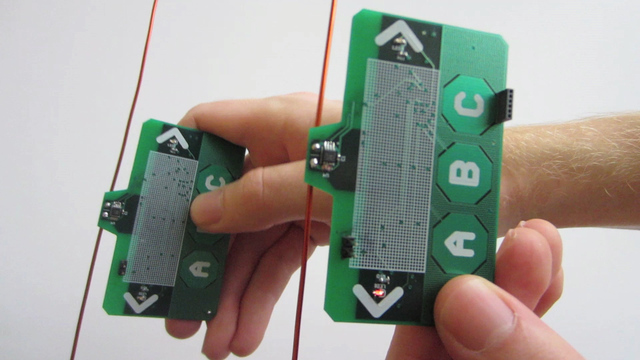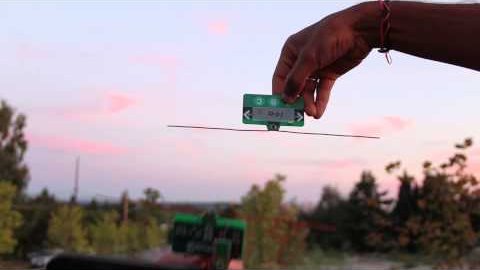There’s now way you’re pulling this awesome beast of technology down. An Indian-origin scientist led research team has formulated a new tech that allows wireless devices interact with each other without being dependent on any power source (say batteries). This new communication technology, dubbed ‘Ambient Backscatter’, puts into use the television and other cellular transmissions that are already at our disposal. Two gadgets interact with each other by reflecting the existing signals to share information. The researchers have developed small, battery-free, antenna-mounted devices that can detect and harness a TV signal, which is then transmitted to other devices.

This tech could create a world where devices and sensors interact with each other without requiring any human attention or a source of power. Shyam Gollakota, the team lead from University of Washington, stated that these wireless signals could be channelized as both a power and a communication medium. It shall prove highly beneficial in applications involving wearable computing, smart homes and self-sustaining sensor networks, he added. Co author Joshua Smith commented on this tech- “Our devices form a network out of thin air. You can reflect these signals slightly to create a Morse code of communication between battery-free devices.” The tech could be employed in communication (text/emails) in wearable devices without consuming any battery power.

The researchers tested this ‘ambient backscatter’ technology with credit card-sized prototypes placed at some distance from each other. For every device, the researchers developed antennas on ordinary circuit boards that flash LED lights while receiving a communication signal from another device. Some of these devices were tested in various settings- inside an apartment, on the street corner and on a parking garage. They observed that the devices detected the other devices’ presence and were able to interact with each other (even those which were farthest from the TV tower). The receiving devices collected a signal from the transmitting devices at a rate of 1 kilobit per second when placed 2.5 feet apart outdoors and 1.5 feet apart indoors. This is more than sufficient for transmitting information like sensor reading, text messages and contact information.
This technology could be even configured into devices that depend on batteries- like our smartphones, so that when the battery juice is all gone, we can still text by channeling the nearest TV signal.
Check more about this technology here.
There’s now way you’re pulling this awesome beast of technology down. An Indian-origin scientist led research team has formulated a new tech that allows wireless devices interact with each other without being dependent on any power source (say batteries). This new communication technology, dubbed ‘Ambient Backscatter’, puts into use the television and other cellular transmissions that are already at our disposal. Two gadgets interact with each other by reflecting the existing signals to share information. The researchers have developed small, battery-free, antenna-mounted devices that can detect and harness a TV signal, which is then transmitted to other devices.
This tech could create a world where devices and sensors interact with each other without requiring any human attention or a source of power. Shyam Gollakota, the team lead from University of Washington, stated that these wireless signals could be channelized as both a power and a communication medium. It shall prove highly beneficial in applications involving wearable computing, smart homes and self-sustaining sensor networks, he added. Co author Joshua Smith commented on this tech- “Our devices form a network out of thin air. You can reflect these signals slightly to create a Morse code of communication between battery-free devices.” The tech could be employed in communication (text/emails) in wearable devices without consuming any battery power.
The researchers tested this ‘ambient backscatter’ technology with credit card-sized prototypes placed at some distance from each other. For every device, the researchers developed antennas on ordinary circuit boards that flash LED lights while receiving a communication signal from another device. Some of these devices were tested in various settings- inside an apartment, on the street corner and on a parking garage. They observed that the devices detected the other devices’ presence and were able to interact with each other (even those which were farthest from the TV tower). The receiving devices collected a signal from the transmitting devices at a rate of 1 kilobit per second when placed 2.5 feet apart outdoors and 1.5 feet apart indoors. This is more than sufficient for transmitting information like sensor reading, text messages and contact information.
This technology could be even configured into devices that depend on batteries- like our smartphones, so that when the battery juice is all gone, we can still text by channeling the nearest TV signal.
Check more about this technology here.